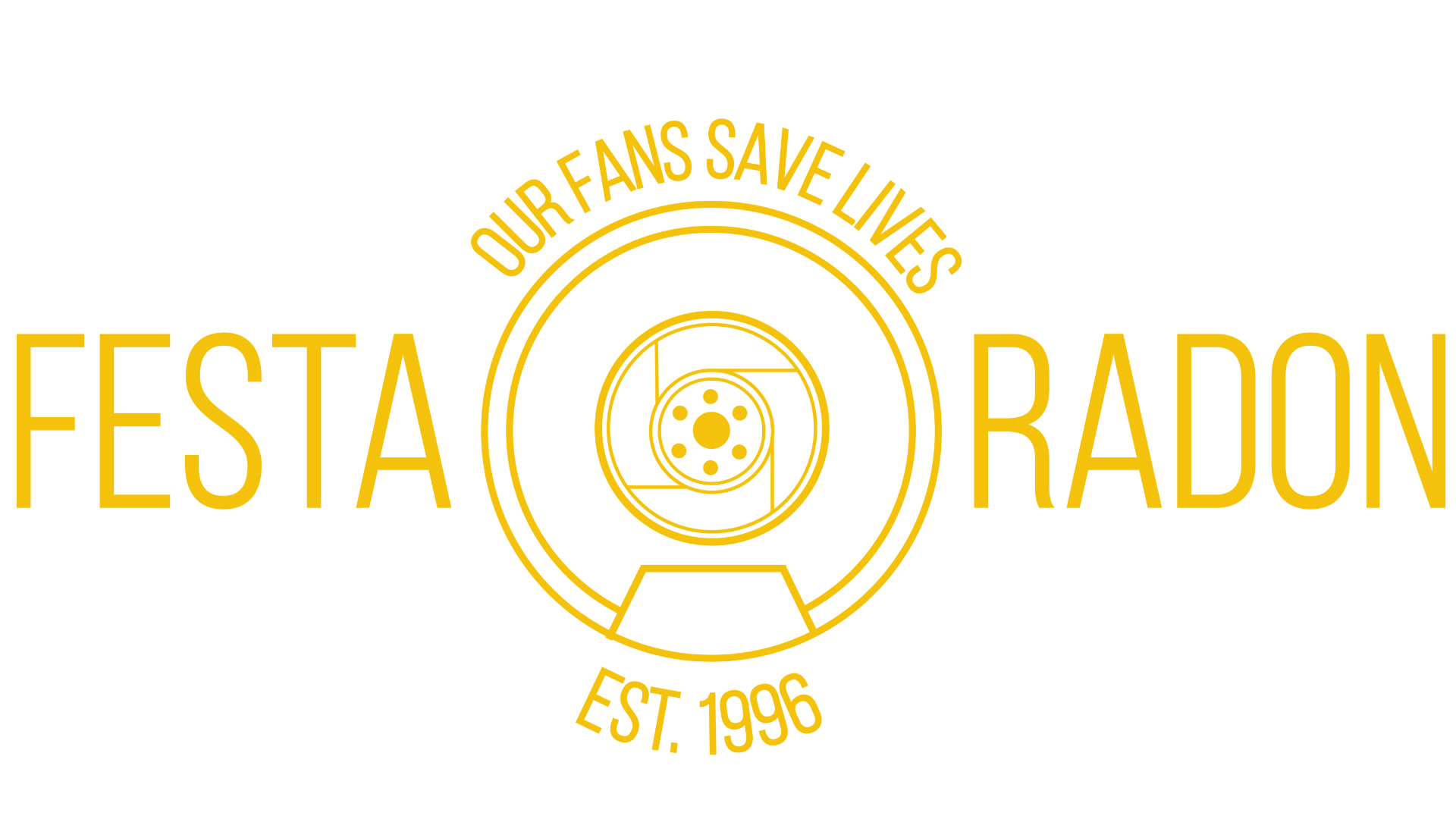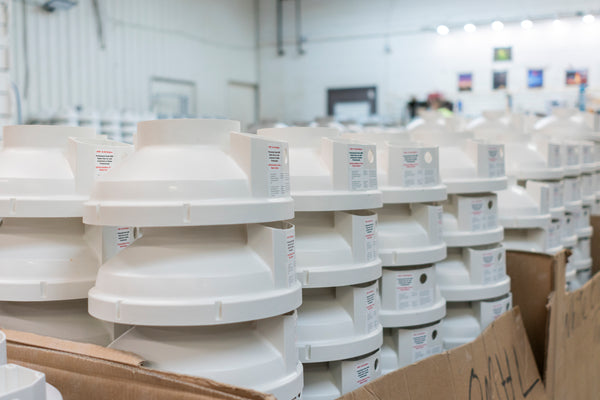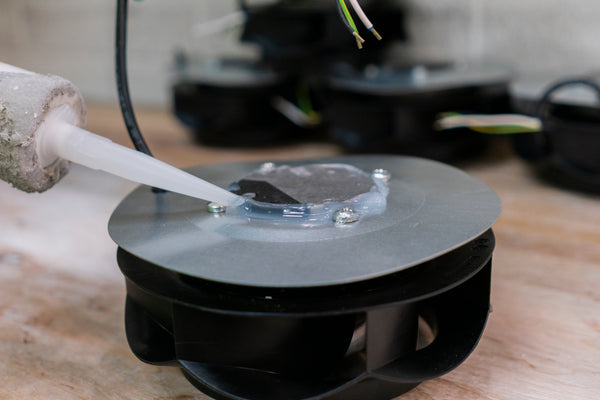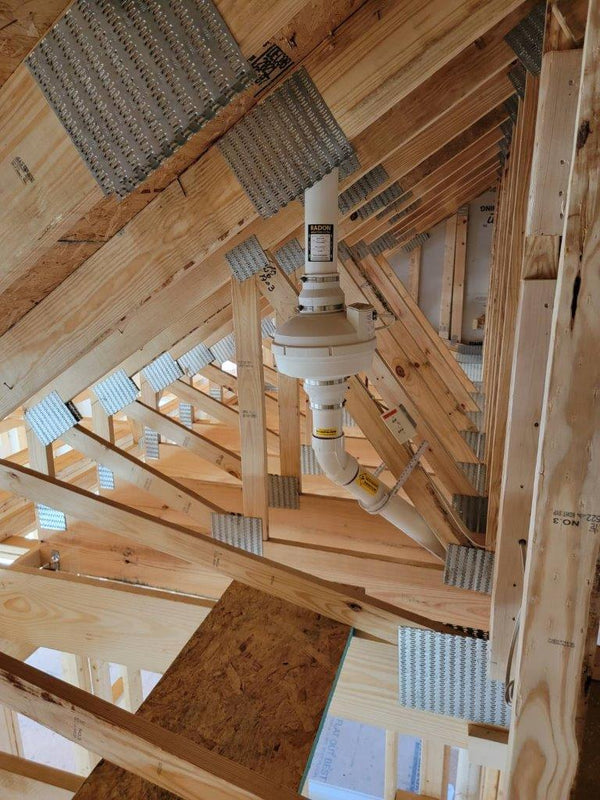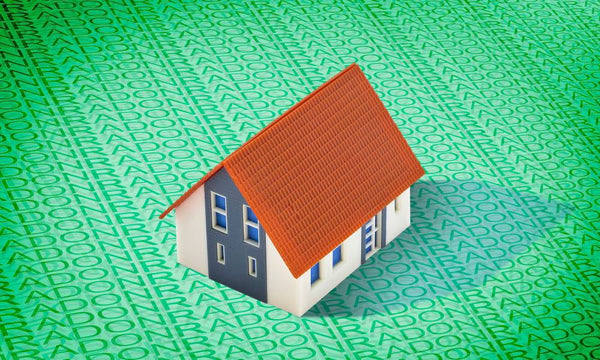
The Different Types of Radon Mitigation Systems
If you haven’t heard of radon, it’s a radioactive gas that rises through the earth and into homes and other structures. It often collects in the basement or lowest level of a home, where residents may breathe it in over the course of years, leading to respiratory issues like lung cancer. A scary thought, to be sure, but if you detect radon in your home, you can disperse it in several ways. Here are a few of the different types of radon mitigation systems. Some may require more work and a greater investment than others, but if radon is present in your home, the cost of mitigation is worth it.
What Is Radon, Exactly?
As mentioned, radon is a radioactive element. It most often results from the decay and breakdown of radium and uranium underground. As a gas, it rises through the ground, where it usually disperses into the atmosphere. Unfortunately, if it encounters a structure—say, a home or office building—the radon creeps through cracks and holes in the foundation and basement floor. There, it becomes trapped by the walls and ceilings, building up slowly over many years and becoming part of the air the residents or occupants breathe.
Radon isn’t easy to detect. It has no taste, smell, or color; only special equipment can detect its presence. Radon is extra insidious because a person may not know they’ve developed health issues from inhaling it until it’s too late and cancer has started to develop in their lungs. Right after smoking, radon is the second leading cause of lung cancer. So, it’s important to ensure it is not in your home. If it is, you should install mechanical systems to keep it out. Here are a few common ways to prevent radon from entering or to kick it out of the house.

Active Soil Depressurization (ASD)
This is a common and simple method for radon mitigation. Before building a house, the construction crew installs a vent pipe system in the foundation hole. This vent pipe system is accompanied by a powerful fan that draws the radon up from the ground and pushes it outside. After pouring the slab and foundation walls, the vent system works tirelessly to keep the basement and the rest of the home as radon-free as possible. ASD systems come in various forms, but the general setup and purpose of the system is the same: radon mitigation.
Sub-Slab Depressurization (SSD)
What if the slab and foundation walls have already been poured? In that case, installing a sub-slab depressurization system is wise. Installers create a suction point by drilling several holes into the basement slab to expose the soil beneath. Then, they place several PVC pipes in the holes and connect them to another powerful fan that constantly sucks up radon gas from down below. Then, the system disperses it through a vent pipe running inside the home’s walls or alongside the house, up to the rooftop. Again, the system diverts radon away from the home, making it safer for the residents.
Drain-Tile Depressurization
If your home has drain tiles or perforated drain pipes already in place around the perimeter, a drain-tile depressurization system can use them to collect and reject the radon gas. There’s no need for a new pipe system installation! The system connects a fan to the drain and uses it to divert and disperse the radon outdoors.
Sub-Membrane Depressurization
Does your home have a crawl space? Then, a sub-membrane depressurization system might be in order. The radon mitigation system installers will cover the floor of the crawlspace with a thick sheet of high-density plastic, which they also seal against the surrounding walls. They will also install a vent pipe and fan system to suck up radon and shoot it outside where it can’t harm anyone.
Passive Soil Depressurization
What’s the difference between an active and a passive depressurization system? A fan, or in the case of a passive system, the lack thereof. Passive soil depressurization (PSD) systems rely on pressure and air currents rather than an active fan to get the radon out of the ground and into the outside air. Construction crews install PSDs during new home construction since it’s difficult to add them to existing structures. As the name implies, PSDs may not be as powerful in dispersing radon as fan-based systems, but they largely do the trick of getting rid of dangerous radon levels.
Block-Wall Suction
If a home has hollow-brick foundation walls, block-wall suction is a great alternative. Installers drill suction points into the walls to draw out the gas from the surrounding ground. Vent pipes and fans are useful for forcing radon gas outside. If radon enters the house through the walls, this is an ideal mitigation method.

Sump Pumps
The main purpose of a sump pump is to keep water levels low in your basement, prevent flooding, and reduce mold growth. It’s also handy for radon mitigation! A technician can seal a sump pump pit and install a vent pipe that draws out radon and pushes it outside. Homeowners with sump pumps may find this system the easiest and most affordable method for radon mitigation and should discuss it with their installer.
Air Exchangers (aka Heat Recovery Ventilators)
Air exchangers, or heat recovery ventilators, not only expel radon gas, but they also bring in fresh air from outside. The dual function of air exchangers ensures radon levels are low while ensuring the interior air is more healthful. Most of the time, however, air exchangers and heat recovery ventilators operate in tandem with other radon mitigation systems.
That was a rapid introduction to the different types of radon mitigation systems. If your home tests positive for radon, contact us for a consultation. We offer a raft of solutions for dealing with radon mitigation, from radon removal fans to testing kits and other products and services. We have the long-time skills and materials to ensure you, your family, and your home are safe and free from radon.
